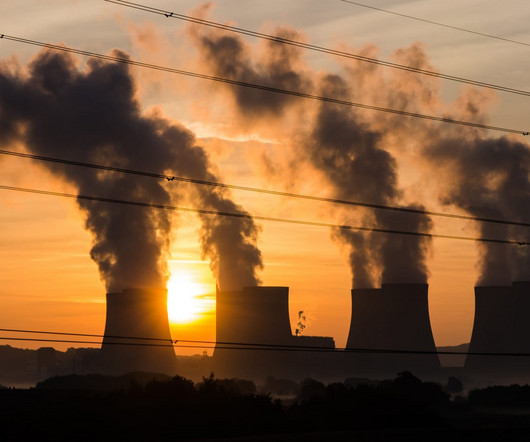Vast Majority of Global CO2 Emissions Tied to Just 57 Entities
DeSmogBlog
APRIL 4, 2024
In its analysis of the new data, InfluenceMap, a London-based nonprofit think tank, found that two-thirds of investor- and state-owned fossil fuel companies outside of North America expanded oil and gas operations between 2016 and 2022. Only in North America were a slim minority of carbon majors — 16 of 37 — linked to rising emissions.














Let's personalize your content